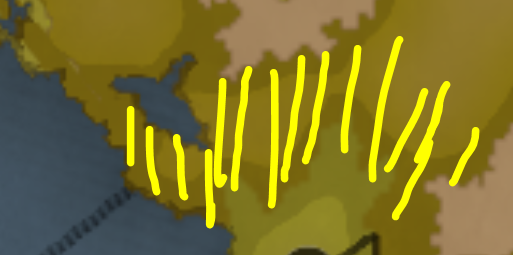Does this mean Dalmatian is basically Italian in origin and Croatian in influence? I always thought it's in reverse.Yes, but in the game's terms (which applies Gallo-Italian to all North Italian languages/dialects) it belongs to it.
The setup the game uses is closest to this categorization, btw (except for Sardinian and Dalmatian being Italian for some reason)
View attachment 1295211
- 1


